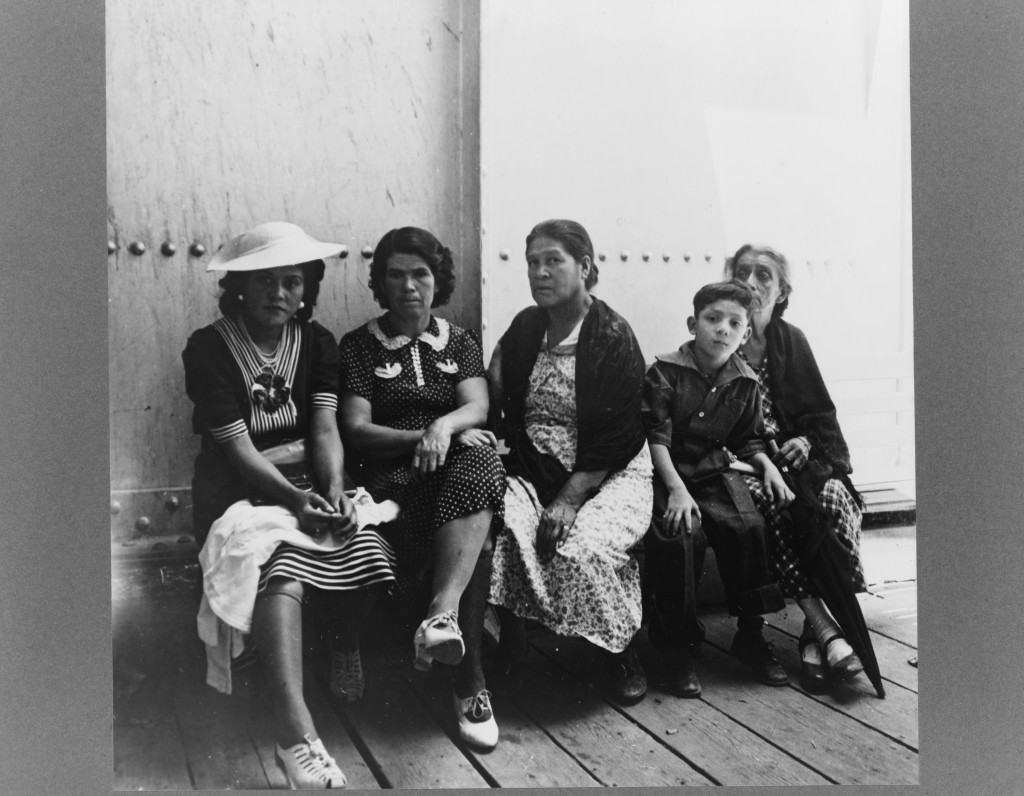In an interview with Jorge Ramos about her most recent book, Ann Coulter made headlines for declaring that Latina/o culture is deficient. If it wasn’t, she commented, the renowned Mexican journalist and Univision news anchor would be interviewing her in Mexico and not the United States. In her estimation, the source of Mexican political and economic problems was an inadequate culture. Mexicans who migrated to the U.S. brought with them this defective culture that vied with and diminished American culture. For her, the origins of American economic and political decline, arguably real but largely imagined, are in this unequal international cultural exchange. Coulter is intentionally polemical and she should not shock anybody familiar with her style. She is a product, perpetuator, and profiteer of our nation’s polarized politics. While her words are shocking, what is more telling about her statements is that they are not far from many of the ideas that influence immigration policy and how we think about immigrants in the United States. The ideas she expressed have a long history, rooted in the changing economy and demography of the twentieth century. They resuscitate outdated social theories that have been challenged for decades.
Cultural deficiency theories arose in the 1940s to explain racial and economic inequality in the United States and across the globe. These theories posited that people of color were poor because of their defective cultures, not racism or problems with capitalism. Oscar Lewis, a sociologist studying the working class of Mexico City in the 1950s, described the problem as “a culture of poverty.” That is, poor nonwhites had attitudes, values, emotions, and outlooks that predisposed them to poverty. They were fatalistic; they believed they would never overcome life’s obstacles no matter how hard they tried, so they didn’t. The nonwhite poor didn’t try in school, didn’t create the important social structures or develop the necessary skills to succeed. They didn’t value hard work, thrift, education, or planning for the future. For these reasons, people of color remained poor. Cultural deficiency theories moved out of the social science ivory tower in the United States with the publication of the Moynihan Report in 1965, during the War on Poverty. Daniel Moynihan, the Assistant Secretary of Labor under President Lyndon B. Johnson, explained that the underlying feature of Black poverty was the single-family home. The weak family structure, not racism or capitalism, prevented African-Americans from achieving financial success. At the time, these were liberal ideas. They were progressive because prior to cultural deficiency theories, inequality was described as the product of inherent racial superiority. Whites were better off than racial minorities because they were biologically better. Whites were smarter, faster, healthier, and harder working than racial minorities. It was in their genes.
Prior to the 1940s, eugenicists made racism scientific, using the scientific method to prove white supremacy. Racism to these scientists had a natural logic underlying it, like the laws of gravity. They believed that racial superiority was genetic and hereditary. Racial superiority, and all of its positive attributes, was found in the blood and it could be passed down through generation after generation. This was important to the nation because people could breed better or inferior citizens. This group of ideas at the turn of the century influenced political policies across the nation. A series of anti-miscegenation laws were passed because interracial marriage would only degrade the American populace. In immigration policy, the 1924 Johnson Reed Act reduced immigration to the U.S. by 85 percent. To do so, the act used eugenicist ideas to create a global racial hierarchy of desirable and undesirable immigrants that favored Europeans over the rest of the world because they were white and assimilable to American culture. Nonwhites needed to be kept out of the nation because they were a racial threat that would degrade the blood of the American population and limit the potential of the nation. Nonwhites were biologically incapable of assimilating. Eugenics only declined during World War II, when the U.S. realized how remarkably similar their body of thought was to Nazism. (Indeed, early anti-Jewish laws in the Germany were based on the Black Codes, early Jim-Crow laws that emerged in the South after the end of the Civil War, and Nazi gas chambers were modeled after gas showers used to “clean” Mexican immigrants on the border during the 1920s.)
This intellectual history of explaining racial inequality continues to affect us today. The shift from racial inferiority to cultural deficiency to explain racial and economic inequality was largely semantic and not conceptual. Cultural deficiency theories built on many eugenicist models and assumptions: the racial hierarchies, the social rankings, and the belief that there are superior and inferior peoples. Our current understandings of what it means to assimilate are still rooted in outdated notions of cultural deficiency and, to an extent, racial inferiority. If other groups’ cultures are not deficient why do we need them to change upon arrival in the U.S.? Why the fear of bilingualism or other languages? Why the fear of ethnic studies? Why the emphasis on a uniquely white history of the United States? The answer lies in the belief that there are better and worse cultures, but primarily people, in the world and they can be organized into a hierarchy. Our understanding of that hierarchy is based on over a century of eugenicist and cultural deficiency theories. Just look at how assimilation works; it is a zero-sum game. All positive aspects of immigrants are “American” while all negative aspects are somehow foreign. If immigrants or their children succeed it is because they “assimilated.” If they fail, it is because they failed to do so. Those kinds of assumptions can be drawn only if you believe that American culture is inherently superior.
In the end, even though many of us may be shocked by Coulter’s brazen and unapologetic racism, her ideas continue to influence immigration policies and our ideas about assimilation. We are a nation of Ann Coulters and that should terrify us.
Photo Courtesy of the Library of Congress – LC-USF34-018215-E



Leave a Reply